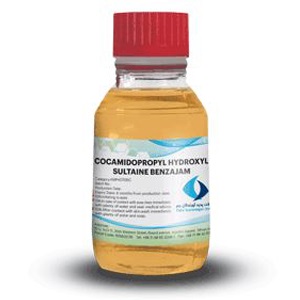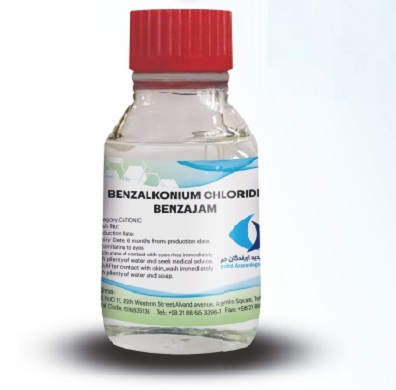
Maleic anhydride
Maleic anhydride is an organic compound with the chemical formula C2H2(CO)2O, which is industrially used on a large scale for applications in the production of coatings and polymers.
Description
Maleic Anhydride
Maleic anhydride is one of the intermediary and crucial materials in the petrochemical industry with significant annual consumption. Through the use of suitable catalysts, this substance transforms into isomeric forms, namely fumaric acid and maleic acid.
The chemical formula of maleic anhydride is C2H2(CO)2O, appearing as a solid, odorous, and colorless substance, predominantly utilized in polymer production.
Maleic anhydride is produced through the vapor-phase oxidation of n-butane. The overall process converts methyl groups into carboxylates and dehydrates the entire chain (hydrogen abstraction). The selective nature of this process, involving a double bond system, reflects the power of maleic anhydride. Traditionally, maleic anhydride was produced using the oxidation of benzene or other aromatic compounds.
In both cases, benzene and butane are introduced into a stream of hot air and the mixture is transferred through a catalyst bed at high temperature. The air-to-hydrocarbon ratio is controlled to prevent the mixture from igniting. Pentoxide vanadium and molybdenum trioxide are catalysts used for the benzene route, while vanadium phosphate is used for the butane route to produce maleic anhydride.
Safety Data Sheet for Maleic Anhydride
According to the specified safety guidelines, the extensive use of this acid can pose hazards to health.
Impact of Maleic Anhydride on Health:
– This compound has relatively low environmental hazards and is recognized as a low-risk substance, contributing to its widespread use in many industries.
– However, exposure to maleic anhydride may irritate the respiratory system, eyes, mucous membranes, and skin. Inhalation of this chemical may also be sensitizing.
– Maleic anhydride hydrolyzes rapidly and forms maleic acid in the presence of water. Therefore, finding maleic anhydride in pure form in the natural environment is unlikely. Maleic acid is biodegradable under aerobic conditions in sewage sludge, soil, and water.
In case of fire:
– Extinguishing agents for fires caused by maleic anhydride: water, foam, alcohol-resistant foam, ABC powder
– Special hazards arising from the substance or mixture: nitrogen oxides (NOx), carbon monoxide (CO), carbon dioxide (CO2)
– Recommendations in case of fire: Do not inhale vapors in case of fire and/or explosion. Adjust firefighting measures with the surrounding environment of the fire. Do not allow fire extinguishing water to enter drains or waterways. Collect contaminated firefighting water separately. Fight the fire with caution from a reasonable distance.
Packaging and Transport Notes:
– Liquid maleic anhydride is found in road tankers and/or tank containers made of stainless steel, insulated, and equipped with heating systems to maintain a temperature of 65-75 degrees Celsius. Tanker vehicles must be approved for transporting molten maleic anhydride. Liquid/molten maleic anhydride is a hazardous material according to RID/ADR.
– Solid maleic anhydride pellets are transported by trucks. Generally, it is packaged in 25 kg polyethylene bags.
Market and Applications of Maleic Anhydride
About 50% of the global maleic anhydride production is used in the manufacture of unsaturated polyester resins (UPR).
Chopped glass fibers are added to UPR for the production of fiberglass-reinforced plastics, which are used in a wide range of applications such as recreational boats, bathroom fixtures, automobiles, tanks, and pipes.
Considering the wide sales market of this product both domestically and for export, Pedavarandegan Jam Company produces maleic anhydride with high quality yet affordable prices and supplies it to various domestic and international manufacturers. Some applications of maleic anhydride are as follows:
In the production of fibers and textile industries
Maleic anhydride is hydrogenated to 1,4-butanediol (BDO), which is used in the production of thermoplastic polyurethanes, elastane/spandex fibers, polybutylene terephthalate (PBT) resins, and many other products.
In the food and bakery industries
Maleic anhydride is used in the food industry as artificial sweeteners and flavor enhancers.
In the production of hair care products
Maleic anhydride is also used in the manufacture of hair sprays and hair glues.
In the production of insecticides and agricultural products
Maleic anhydride is used as a precursor in the production of detergents, insecticides, and fungicides, as well as other polymers.


